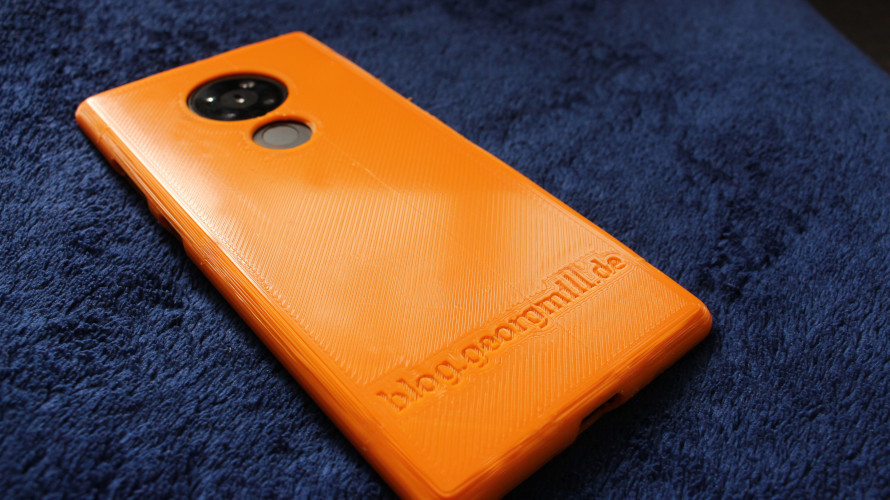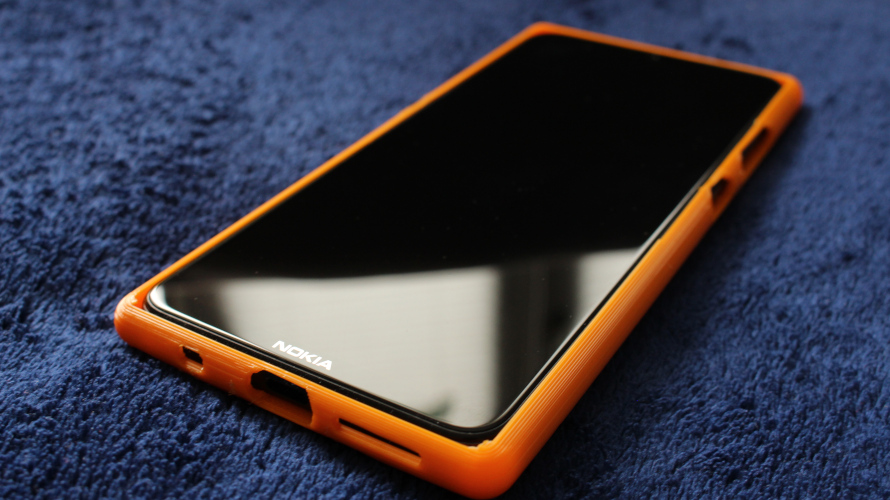This is a RiscV (Kendryte K210- Sipeed Maix Amigo) board connected to a
MKS Servo42A Nema17 closed loop stepper motor driver connected to a
3D printable high torque servo/gearbox version 2 by Bribro12 available on Thingiverse
Change it all. Now. Fast. Realtime.
This is a RiscV (Kendryte K210- Sipeed Maix Amigo) board connected to a
MKS Servo42A Nema17 closed loop stepper motor driver connected to a
3D printable high torque servo/gearbox version 2 by Bribro12 available on Thingiverse
A little demo showing the real world Raspberry Pi Pico augmented with it’s own pinout.
It would have been a nice little thing to play with, if not this UGLY THING would have happened
or for the german users
My reaction on this is that
https://github.com/RPi-Distro/raspberrypi-sys-mods/issues/43#issuecomment-777889696
Intel brought us a new open source project on github (openbot) that turns your smartphone into an AI device for creating a cockpit for an autonomous vehicle.
It uses the camera of your smartphone for people detection. The base for the android app is one of the tensorflow examples you can find here: https://github.com/tensorflow/examples/tree/master/lite/examples/object_detection/android.
The camera (here a Nokia 5.3 with android 10.0) is connected to an arduino (here a arduino micro pro [instead of the original bom listed Arduino Nano])
You can read the full list of features and documentation about this project by downloading the pdf from Intel’s github site.
@article{openbot2020,
author = {Matthias M\“uller and Vladlen Koltun},
title = {{OpenBot}: Turning Smartphones into Robots},
journal = {arXiv:2008.10631},
year = {2020},
}
Example for 3D reconstruction with Open3D on a Nvidia Jetson Nano with Cuda 10.2 and librealsense support. Camera is a Intel Realsense D435i.
There have only about 300 images been captured. So the reconstructed scene suffers from a really poor quality. During the next days I am going to fine tune things and improve the quality significantly.
Today I designed a 3D printable case for a Nokia 5.3 smartphone while waiting for a leather case.
It can be found here:
https://www.thingiverse.com/thing:4551127


Seit einigen Jahren gibt es bereits das geniale Projekt Ka-Radio (https://github.com/karawin/Ka-Radio32 ).
Damit kann man ein ESP32 in ein echtes Webradio mit allem Komfort, den man braucht, verwandeln.
Heute habe ich mir auch mal so ein Radio aus einem ESP32 wroom Modul gebaut. Es hat nur eine Minimalausstattung mit Klick-Encoder und einem OLED-Minidisplay.